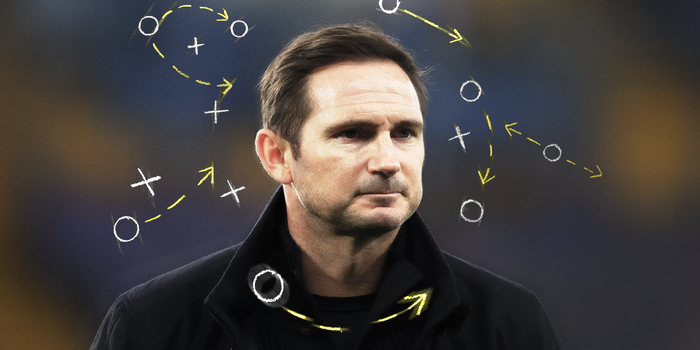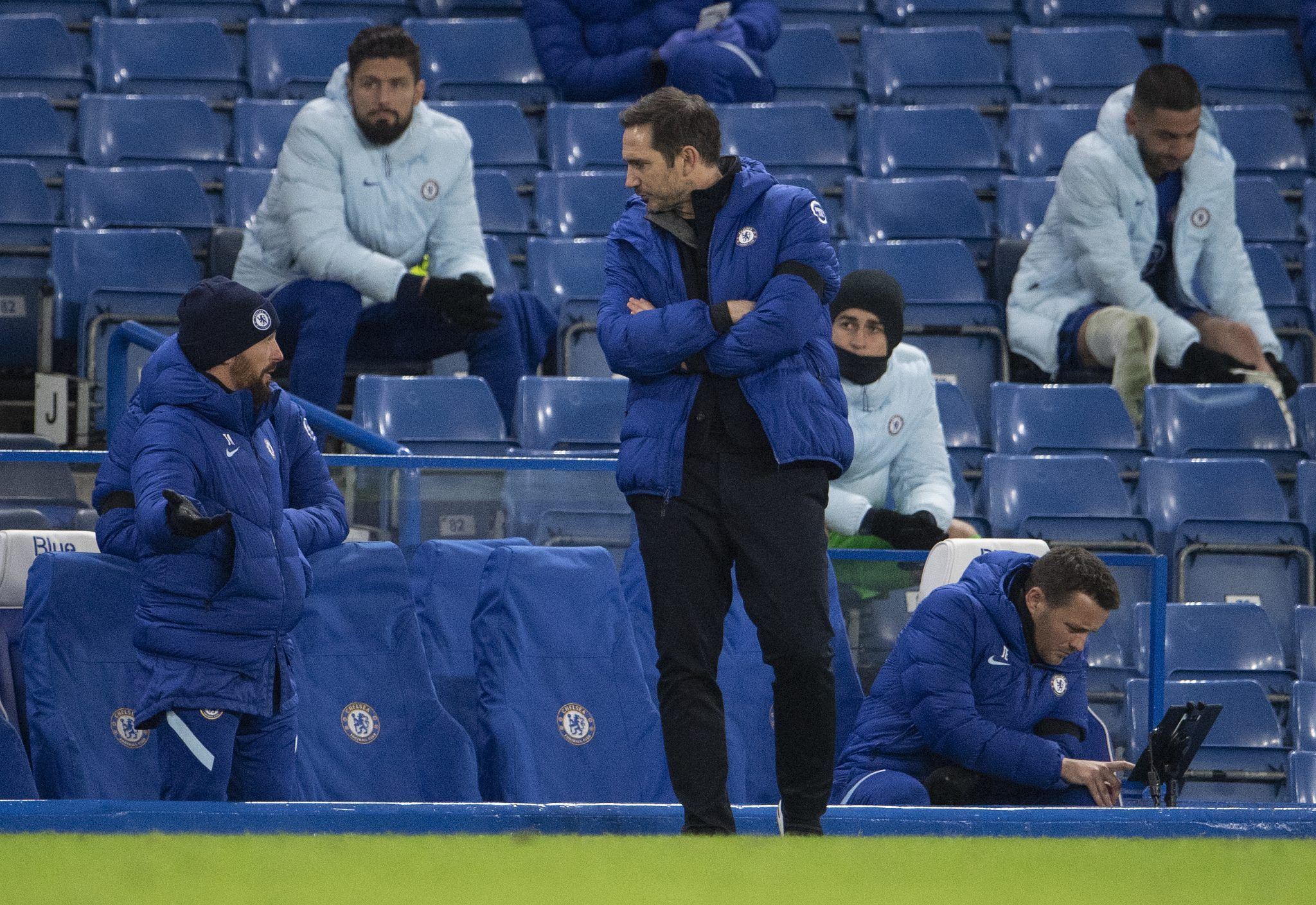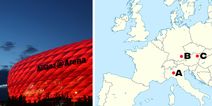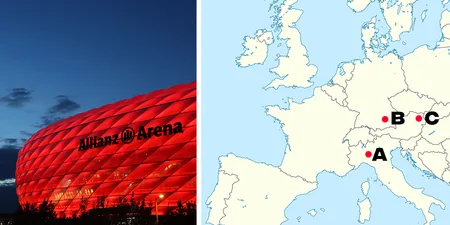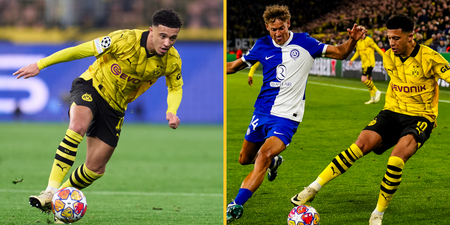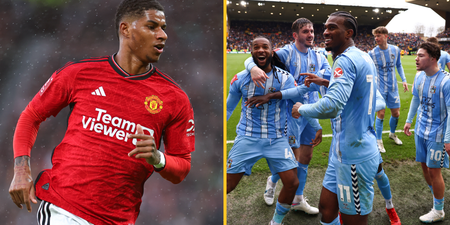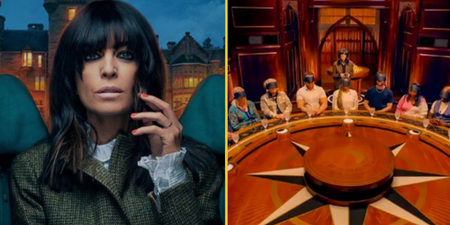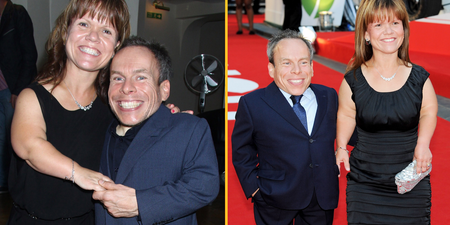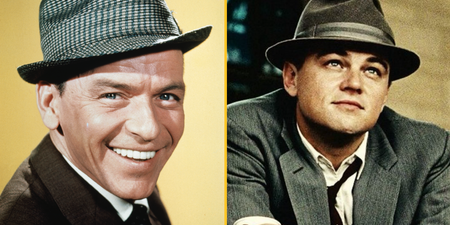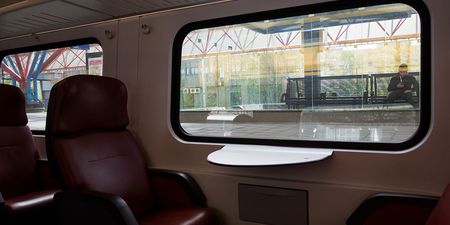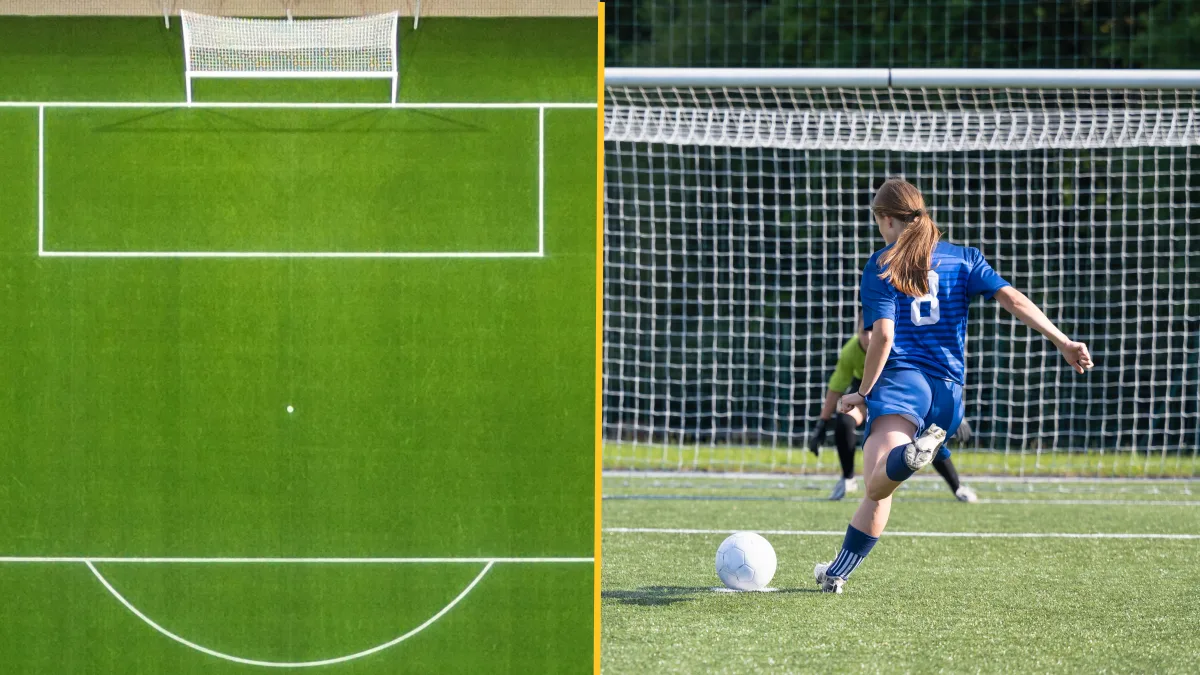Another humbling defeat should have Lampard questioning his methods
As Manchester City cruised to victory at Stamford Bridge, cutting through the Chelsea defence at will in the first half before taking their foot off the gas, Frank Lampard cut an isolated figure on the sidelines. He maintained a disapproving scowl, in case there was any doubt as to how he felt about another disappointing performance from his star studded line-up.
He knew this result, and most significantly, performance would only increase the pressure on the Chelsea board to cut their losses on their greatest ever player and seek a replacement in the dugout.
But this was predictable. In the first half of this season, Chelsea have managed to pick up just two points against the rest of the ‘Big Six’: a bore draw at Old Trafford in which both sides only wanted to counter and therefore neither could, and a gritty 0-0 against Tottenham, when Chelsea failed to break down a well drilled, deep defence.
The City game was never going to be different, despite Lampard moving Timo Werner into the centre, hoping to send him running behind City’s high line. Guardiola’s side were a class above with and without the ball, nullifying whatever Chelsea’s attacking plan was and toying with them in possession.
So why do Lampard’s Chelsea beat the smaller teams with relative ease, but struggle against teams of equal quality? Put simply, they have very good players, but an average coach.
While Lampard was rightly afforded time during the 19/20 season to bed in some youth players, for which he does deserve credit, this season was when last campaign’s graft was meant to bear fruit.
That hasn’t happened, however, and the only constant throughout this season has been the absence of a clear tactical plan, as Lampard appears to find himself torn between different styles, accidentally stumbling upon on a horrible mismatch that benefits nobody, except maybe Olivier Giroud.
Frank Lampard has earned fewer points per game than any other Chelsea manager in the past 20 years 😬 pic.twitter.com/DpEpJU88lv
— FootballJOE (@FootballJOE) January 4, 2021
He may have settled on a 4-3-3 formation, having alternated between 4-2-2-2, 4-3-2-1 and 3-4-3 in the opening six weeks of the season, but it remains unclear what type of football he wants to play with this shape, and how he plans to get the best out of summer signings Timo Werner and Kai Havertz within it.
On the one hand, there are similarities with the Chelsea team in which Lampard rose to stardom as a player, when Jose Mourinho was in charge of the club. N’Golo Kanté fulfils the anchorman role once filled to great effect by his compatriot Claude Makelele, while Mason Mount and Mateo Kovačić provide the dynamism either side of him, as Lampard used to do alongside one of Michael Essien or Tiago Mendes. In front of them, a target man in the form of Olivier Giroud or Tammy Abraham, playing the part of Didier Drogba.
There are also parallels with the current Liverpool side in terms of the profile of players used in each position; a midfield full of energy, creative overlapping full-backs and inverted wide forwards who like to attack the channels by cutting inside onto their stronger foot.
The problem is that Lampard’s Chelsea are neither as solid as the Chelsea of old, nor as threatening as Liverpool in attack. The result of which is a bland, almost unidentifiable style. It’s like they’re using the ‘balanced’ tactic on FIFA.
As a result, both Werner and Havertz have struggled to hit the ground running at Stamford Bridge, playing in unfamiliar positions without the necessary guidance as to what role they should be fulfilling in the team. This is, by all accounts, one of the Chelsea board’s main concerns regarding Lampard’s management.
Havertz deserves patience, having suffered a severe bout of Covid-19 from which he is still suffering the long term effects. But Werner’s struggles in front of goal, as well as his (lack of) contributions in build up play and off the ball, are an alarming concern.
The obvious solution to help Werner would be to alter the shape of the team in order to get him playing further in-field, next to Giroud or Abraham, rather than as an orthodox winger. This would enable the German to make runs through the inside left channel that served him so well in the Bundesliga. It would also relieve him of his tracking back duties, which he neglected in their 3-1 loss to Arsenal.
Reverting to 3-4-3 could be a solution, as it would also allow Havertz to play a similar role on the opposite side of the attack. But it would mean sacrificing an attacker for a defender, and Christian Pulisic and Hakim Ziyech – two of Chelsea’s best performers – dropping to the bench.
But whether he sticks with 4-3-3 or switches to a different system, the more significant issue to address is what the players do, rather than where they stand. The squad is full to the brim with quality, it just needs a manager to put round pegs in round holes and implement a clear and coherent plan.
Lampard is a young manager still developing his coaching skills, so it is understandable that he may not have a fully defined managerial blueprint yet. But if that is the case, and with the resources at his disposal, why is he in the job anyway?
With more than £200m spent in the summer, and with clear ambitions to win the league and achieve European success, it’s no doubt a question the Chelsea board must soon ask themselves.
